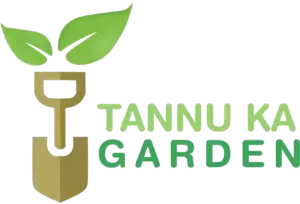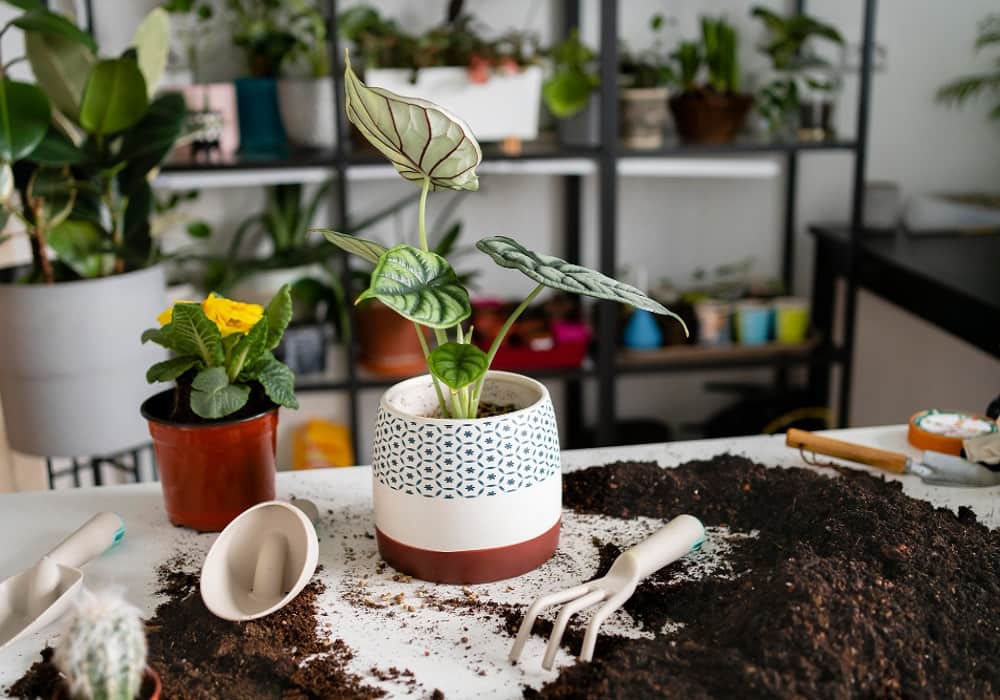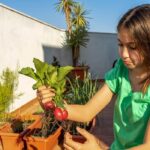Top 10 Creative Container Gardening Ideas for Small Spaces
Container gardening is an excellent option for those who have limited space yet wish to experience the joy and advantages of growing plants. Whether you reside in a small apartment, possess a compact balcony, or aim to make the most of your gardening endeavors, container gardening provides flexibility and opportunities for creativity. In this article, we’ll examine the top 10 creative container gardening ideas for small spaces to assist you in turning your area into a bright green oasis.
1. Vertical Garden Containers
One of the most inventive container gardening ideas for small spaces is to use vertical gardening. Vertical gardening allows you to use walls, fences, or railings by stacking pots or employing hanging planters. Vertical garden towers or wall-mounted pots are ideal for cultivating herbs, succulents, or even flowering plants. They conserve floor space while contributing an artistic flair to your outdoor setting.
2. Hanging Baskets
Hanging baskets are perfect for small spaces, as they occupy no ground space whatsoever. You can suspend them from ceilings, balconies, or patio overhangs. Choose trailing plants like petunias, ivy, or strawberries to create a beautiful cascading effect. Not only are they visually appealing, but hanging baskets also enhance light exposure for your plants.
3. Tiered Planters
Tiered planters are another fantastic choice for individuals with limited space. These planters feature multiple levels of pots, enabling you to grow various types of plants in one compact area. You can allocate each tier to different plant categories, such as herbs, vegetables, or flowers, thereby creating a multifunctional gardening area.
4. Recycled Containers
Incorporating recycled containers is both environmentally friendly and imaginative. You can repurpose old items like buckets, tins, wooden crates, or even tires to function as plant pots. Recycled containers bring a unique and personalized element to your garden while minimizing waste. Just ensure you add drainage holes to avoid waterlogging.
5. Rail Planters
For those with balconies or terraces, rail planters are an essential option. These containers are specifically designed to securely rest on railings, providing a space to cultivate plants without taking up valuable floor space. You can grow herbs, small vegetables, or ornamental flowers in rail planters, adding greenery to your outdoor view.
6. Stacked Pots
Stacked pots offer a smart method to optimize vertical space while still using conventional pots. This approach involves stacking smaller pots atop larger ones, creating a cascading tower of plants. This technique is ideal for growing herbs or decorative flowers and is an excellent way to cleverly use space without overcrowding.
7. Window Boxes
If you lack floor space but have a windowsill available, window boxes are an excellent solution. These long, narrow containers allow you to grow herbs, flowers, or small vegetables like lettuce or radishes just outside your window. Window boxes enhance the exterior of your home while providing convenient access to fresh plants.
8. Self-Watering Containers
For individuals who are busy or tend to forget to water their plants, self-watering containers are incredibly beneficial. These containers are equipped with built-in reservoirs that deliver a consistent supply of water to your plants. They are ideal for small spaces where access to a watering source may be limited.
9. Portable Wheelbarrow Gardens
Have you ever considered using a wheelbarrow for gardening? Wheelbarrows are excellent portable containers that you can move around to capture sunlight or fit into various locations. You can plant a diverse range of flowers or herbs in the wheelbarrow, and the added mobility allows you to effectively manage your plants’ requirements.
10. Upcycled Pallet Gardens
Wooden pallets are highly versatile and can be changed into compact vertical gardens. By simply attaching pots or creating planter boxes within the pallet’s slots, you can cultivate flowers, herbs, or succulents. Pallet gardens can be leaned against walls or fences, using height and saving you much-needed floor space.
Common Questions About Container Gardening for Small Spaces
1. Which types of plants are best suited for small container gardens?
Many plants can flourish in containers, even in limited areas. Some excellent options are herbs such as basil, rosemary, and mint, leafy greens like spinach and lettuce, flowering plants including marigolds and petunias, and compact vegetables like cherry tomatoes, peppers, and radishes.
2. How frequently should I water container plants?
Container plants typically need more frequent watering compared to ground plants because they can dry out more quickly. In small areas that receive direct sunlight, it is advisable to check the soil’s moisture level daily. A basic guideline is to water when the top inch of soil feels dry, though this may vary based on the specific plant and container used.
3. Is it possible to use any container for gardening?
Nearly any container can be used for gardening as long as it provides adequate drainage. If a container lacks drainage holes at the bottom, you can create some by drilling to allow excess water to escape. Remember that the container size should correspond with the plant’s requirements—larger plants will need deeper and wider containers.
4. What is the ideal potting mix for container gardening?
A well-draining potting mix is critical for successful container gardening. It is important to avoid using garden soil, as it may be too compact for containers. Instead, choose a commercial potting mix that includes components like peat moss, vermiculite, or perlite to enhance aeration and water retention.






